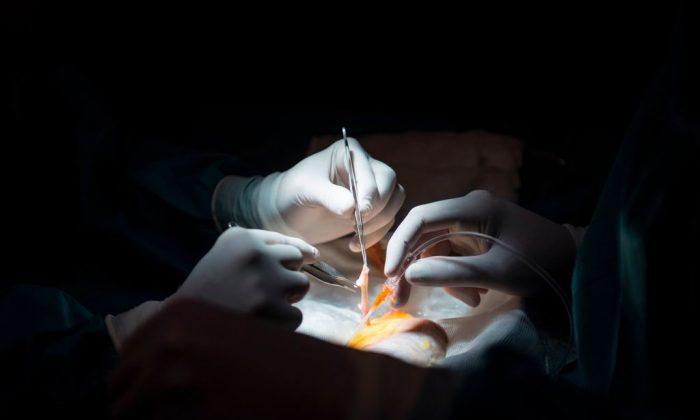Will embryonic stem cells have the potential for developing cures for disease? If so, at what expense? Some argued we would be at risk for a new form of biological colonialism, where there would be vats of human embryos available to researchers.
The ethical debate during this time was the tension between our moral duty to pursue scientific progress to develop cures and treatments that provide healing hope for those suffering, versus destroying early human life to develop treatments.
During this contentious time, celebrities such as Michael J. Fox, Christopher Reeve, and Mary Tyler Moore took to the scene and pleaded that we needed cures, cures, cures. Opponents of the use of embryos in research rejected destroying nascent human life for the benefit of others—the ends don’t justify the means.
This was the height of the breakthroughs in assisted reproduction and the birth of Louise Brown, the first “test-tube” baby born in the UK. So, creating embryos in the lab was very much on people’s moral consciences.
The Warnock Report led some countries to actually put a law in place protecting the 14-day rule—countries such as Japan, Germany, and the United Kingdom. Other countries just adopted it as a scientific guideline. Nonetheless, for some 40 years, the international scientific community followed this limit, because of ethics.
What was magical about the 14-day rule? The argument has always been that after 14 days, the embryo has its plan, cells begin to specialize for their particular mission (bone cells start to form bones, brain cells start to form brain tissue), and the central nervous system begins to develop. The embryo starts to become that which it is designed to be.
Ironically, it’s for this very reason, that scientists are rationalizing the expansion of the 14-day rule to 28 days (if you think it will stop at 28 days, you really aren’t paying attention).
The argument goes, if we can study the embryo longer, we can better understand human development, both normal and abnormal. Scientists can better understand birth defects and congenital diseases such as heart disease, and develop cures and treatments sooner.
Some of this debate echoes what we are seeing played out in the debate over whether to receive the COVID-19 vaccine. Celebrities saying to “do your part” and get vaccinated are coming up with new names for “anti-vaxxers,” such as “vaccine hesitant.”
Public service announcements, looking like advertisements, are making their way into our social media feeds with wagging fingers telling people what they should and shouldn’t do.
The problem has always been that ethics do matter, and the more the public senses that research is becoming political, the more they become skeptical of science and public policy. There is that saying that when you mix science with politics, you don’t get science, you get politics.
If the 14-day rule is to stand, it needs to be firmly rooted in ethics. If the 14-day rule gives way to the 28-day rule, and then to the six-week rule, and the eight-week rule, there will be no bottom, and there will be vats and vats of human embryos at the disposal of the research community.





